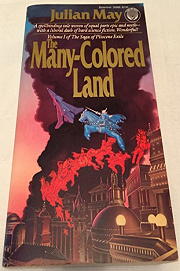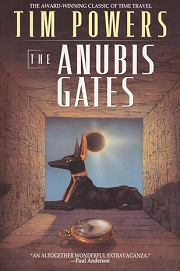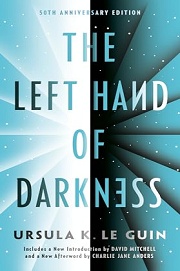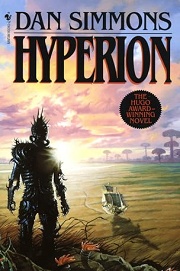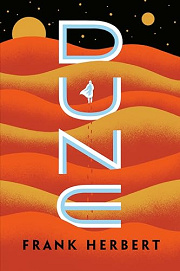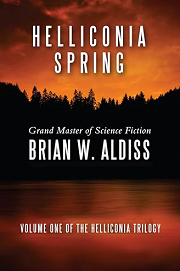Share your thoughts in a quick Shelf Talk!
The Many-Colored Land by Julian May
Exiles step through time to a prehistoric Earth that is anything but primitive, where powers awaken and ancient agendas stir. Epic in scope and rich with intrigue, The Many-Colored Land launches a sweeping adventure of culture clash, hidden histories, and destiny remade.
Have you read this book? Share what you liked (or didn’t), and we’ll use your answers to recommend your next favorite read!
Love The Many-Colored Land but not sure what to read next?
These picks are popular with readers who enjoyed this book. Complete a quick Shelf Talk to get recommendations made just for you! Warning: possible spoilers for The Many-Colored Land below.
In The Many-Colored Land, did you enjoy ...
... the peril and wonder of being stranded in a distant past after a one-way leap through time?
The Anubis Gates by Tim Powers
If stepping through the time gate in the Pyrenees and finding yourself marooned in the Pliocene hooked you, you’ll love how Brendan Doyle tumbles through a botched time jump into 1810 London and has to survive sorcerers, secret societies, and impostors with no easy way home. The same stranded, fish‑out‑of‑water intensity that drives Aiken Drum and Felice Landry’s early ordeals pulses here—only the courtly Tanu intrigues are swapped for grimy riverbanks, masked conspiracies, and knife‑edge gambits.
... immersion in an intricate nonhuman culture with unfamiliar social norms and politics?
The Left Hand Of Darkness by Ursula K. Le Guin
If you were captivated by learning the Tanu and Firvulag customs—the torcs, the rituals, the uneasy human–nonhuman coexistence—Le Guin’s Gethen offers a similarly deep cultural plunge. Watching Genly Ai navigate shifgrethor (subtle social status games) and the complexities of kemmer echoes the careful code‑reading and alliance‑building humans must learn at the Tanu court. Like the Exiles’ trek across Pliocene Europe, Genly’s harsh journey with Estraven reframes “alien” into something intimate, political, and profoundly human.
... a diverse band of travelers with interlocking backstories converging on a perilous destination?
Hyperion by Dan Simmons
If the varied Exiles—Aiken’s scheming, Bryan Grenfell’s haunted past, Felice’s fury—kept you glued to each new viewpoint, the pilgrims of Hyperion will do the same. Seven travelers, seven starkly different histories, all threading toward the Shrike’s Time Tombs, much as May’s cast threads toward Tanu power and Firvulag enmity. The mosaic storytelling amplifies the stakes the way each Exile’s past reshapes the politics around the torcs and the Tanu court.
... high-stakes court maneuvering, hidden agendas, and psychic power used as leverage?
Dune by Frank Herbert
If you relished the knife‑edged politicking among the Tanu nobility and the way torc‑boosted metapsychic power tilts every conversation, Dune delivers that same duel of masks. Paul and Jessica navigate Bene Gesserit gambits and Great House betrayals with the same wary cunning you saw around the Tanu court, while the Fremen’s hard culture reshapes the board much as the Firvulag do from the shadows. Schemes within schemes—exactly the terrain where Aiken Drum thrives.
... sweeping, deeply textured anthropology and ecology that make an alien era feel lived-in?
Helliconia Spring by Brian Aldiss
If the painstaking texture of the Pliocene—its landscapes, hunts, and ceremonial life—was your favorite part, Aldiss’s planet Helliconia offers worldbuilding you can sink into. As the long year thaws, societies rise and clash with the horned phagors while distant human observers on Avernus watch, mirroring the way May layers natural history with cultural detail. It’s that same “you are there” depth that made the Tanu–Firvulag world and the Exiles’ routes feel mapped, ritualized, and real.
Unlock your personalized book recommendations! Just take a quick Shelf Talk for The Many-Colored Land by Julian May. It’s only a few questions and takes less than a minute.
